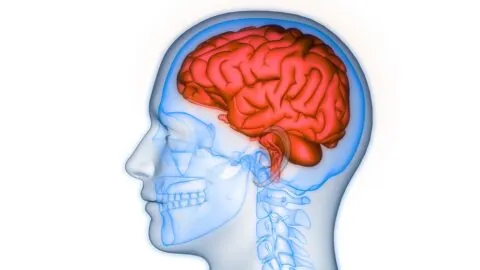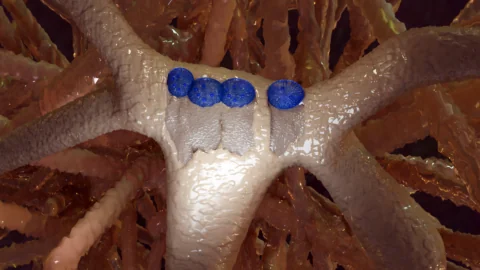July 31, 2025
Researchers publishing in Nature Aging have discovered how Alzheimer's-related protein aggregates are also related to senescent cells and osteoporosis. Beyond the brain Why We Age: Loss of ProteostasisThe loss of proteostasis is the failure of the protein-building machinery of the cell and the accumulation of misfolded proteins, which is one of the root causes of...
August 26, 2024
Researchers have described a relationship between the NAD+ regulator CD38, mitochondrial function, and the gradual destruction of bone in Aging Cell. Inflammation up, bone mass down Nicotinamide Adenine Dinucleotide (NAD): Benefits and ResearchNicotinamide adenine dinucleotide (NAD) is a coenzyme found in all living cells. It is a dinucleotide, which means that it consists of two...
June 12, 2024
A team of researchers has found that corylin, a compound previously investigated for its anti-senesence properties, is effective against osteoporosis in a mouse model. A return to a well-known compound Corylin is a compound that was first discovered in Psoralea corylifolia, a plant commonly used in Chinese traditional medicine. This is far from the first...
March 28, 2024
In Aging, researchers have published negative results on the long-term use of methylene blue and mitoquinone (MitoQ), two popular antioxidants, to sustain bone health in mice. Oxidative stress and bone health Previous work has found that oxidative stress, which is commonly associated with age-related disease and damage, is related to bone diseases. Substantial amounts of...
January 03, 2024
In a recent Perspective published in Nature Aging, researchers noted a lack of studies on female-specific physiological factors on aging trajectories. They proposed solutions, including model systems, to address the issue [1]. Most model organisms don't match human sex specificity The use of model organisms, such as worms, fruit flies, and mice, has helped researchers...
August 21, 2023
Researchers publishing in Aging have uncovered some of the molecular mechanisms behind why mesenchymal stem cells (MSCs) do and don't differentiate into bone-building osteoblasts, unlocking a potential new approach to osteoporosis. A matter of cellular fate MSCs are downstream of pluripotent stem cells: they can differentiate into multiple cell types, but not every somatic cell...






